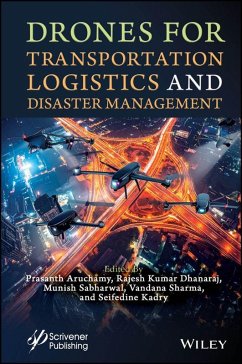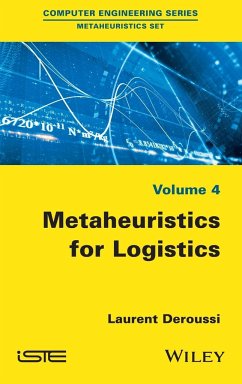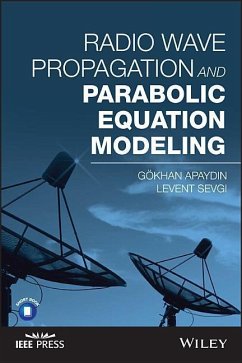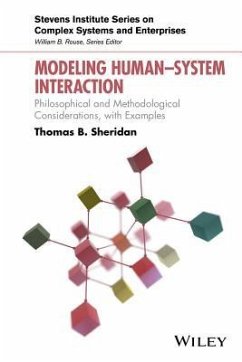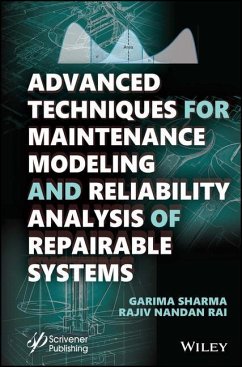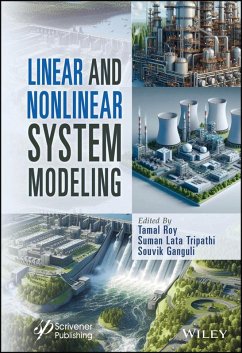
Modeling and Simulation of Logistics Flows 1
Theory and Fundamentals
Versandkostenfrei!
Versandfertig in über 4 Wochen
134,99 €
inkl. MwSt.
Weitere Ausgaben:

PAYBACK Punkte
67 °P sammeln!
Volume 1 presents successively an introduction followed by 10 chapters and a conclusion: * A logistic approach * an overview of operations research * The basics of graph theory * calculating optimal routes * Dynamic programming * planning and scheduling with PERT and MPM * the waves of calculations in a network * spanning trees and touring * linear programming * modeling of road traffic








